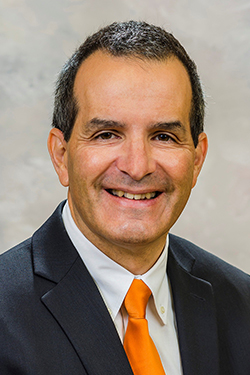
At the center of changes in healthcare delivery are changing reimbursement models.
Healthcare is changing. How we deliver care, where we deliver care, and how providers are reimbursed for that care… it’s all changing. And that’s not a bad thing.
One could argue that at the center of all these changes—the impetus of it all—is that we (health systems, doctors and other providers) are not reimbursed the way we used to be. Healthcare reimbursement is a complex series of rules and regulations that change often. It’s difficult to keep track, for sure. The trend, though, is to pay providers based on the quality of care given—not the number of services provided.
Fees for services rendered is the old way, though not completely obsolete. Medicare is clearly guiding us in that direction, but fee-for-service is still the norm for many commercial health insurance providers. The difficulty is that we are living in both a fee-for-service world that incentivizes performing more procedures, and one that incentivizes us for delivering quality as defined by better patient outcomes and better value. But how do you define quality and value?
Reducing Readmission Rates
One way is through readmission rates. If a patient is readmitted to the hospital within 30 days of discharge for the same diagnosis, Medicare won’t pay for the readmission. That means we, as providers, must come up with practices and procedures that are safer, more efficient and more effective. It’s better for us, and it’s better for the patient if they can avoid another stay in the hospital.
One way OSF HealthCare is doing this is through our new Mobile Integrated Health (MIH) program. OSF Saint Francis Medical Center has partnered with Advanced Medical Transport and the East Peoria Fire Department to check on patients after they leave the hospital. The program began last April, targeting patients in East Peoria and certain Peoria zip codes, and the goal is to reduce readmission rates by using EMS practitioners in an expanded role.
They do house calls to patients who have been discharged from the hospital with specific diagnoses—making sure the home is safe, helping patients get their medications set up, checking vital signs and answering questions. The program is too new to have any hard data to back up its success, but we know it’s working through comments from patients and many success stories. We have now expanded the program to include all Peoria zip codes and any patient with a moderate to high risk of readmission.
Along those same lines, our new Heart Failure Transitional Care Services program is doing great things to decrease readmission rates among patients with congestive heart failure. Poor outcomes are often due to a lack of care planning immediately following discharge from the hospital. Although we’re very good at meeting the needs of acutely ill heart failure patients in the short term, there has been a great need for more coordinated care once the patient goes home. Now a group of advanced practice nurses makes contact with these patients within 24 hours of discharge and sets up a series of appointments to help manage their symptoms and provide in-depth patient and family education.
Healing at Home
Aside from this, healthcare is seeing major changes in where care is delivered. More and more procedures are being done on an outpatient basis, many of them at ambulatory sites like OSF Center for Health on Route 91. Studies show people heal better at home, and providing outpatient services is more cost-effective for both us and the patient. All of these changes are good, and appear to be a win-win for both patient and provider. Rest assured, there are more changes on the way. As long as patients continue to demand better care (and they will), and as long as reimbursement rules and regulations continue to change (and they will), you can be sure change is never far away. iBi

